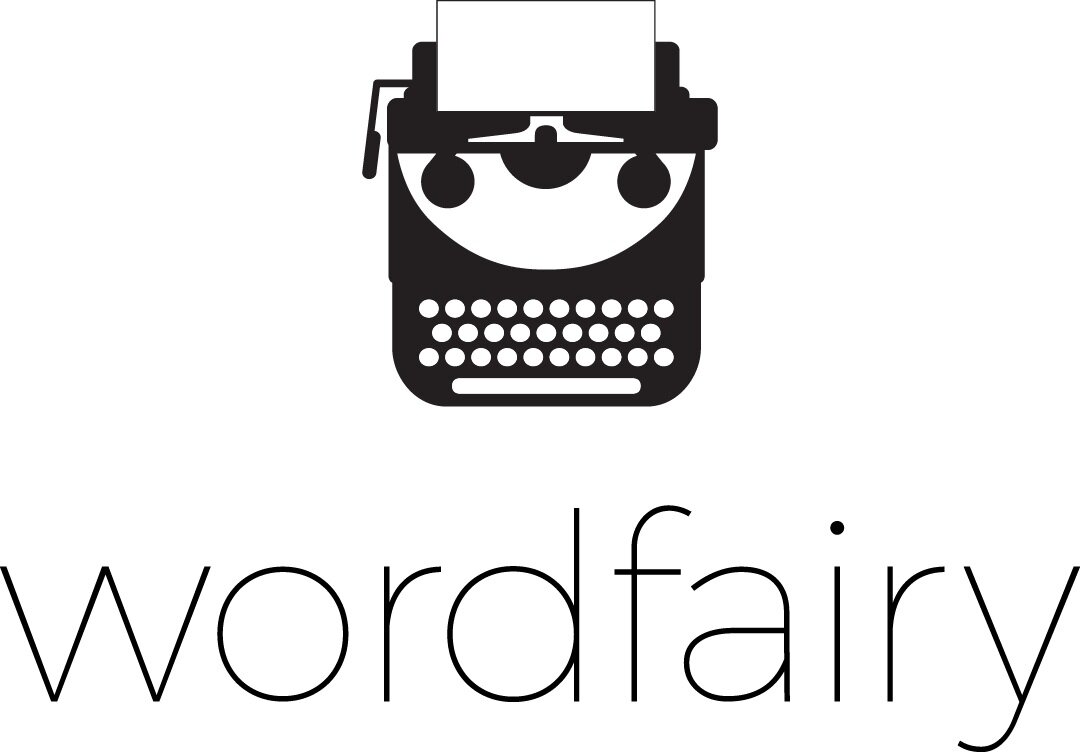How to caption brand photos
Portrait by Fern & Star Photography
Writing captions for our images can be as hard as writing our blogs. When in doubt, take advice from the professionals. Photographer Sheena Sabharwal offers top tips on captioning your brand photos.
If only all it took was a show-stopping image… but the online world demands a little more from us. If you’ve taken that first step to creating high-quality, bespoke images of you and your business, here's how to make sure your captions are working well for you.
Know, like, trust
Once you’ve caught someone’s attention with a great image, you’ll want to connect with your audience by choosing your words carefully. The right captions will resonate with your ideal client and start to build that collaborative aspect.
Mind your language
Every element of your image should echo your brand. If you're a high-end interior designer, you probably won't have images taken outside a family supermarket.
It’s exactly the same with the language you use. If you position yourself as casual and relaxed in your images, then it’s only natural your language should be the same.
If you work in a more 'traditional' industry (think law, finance, medicine), a more formal approach may be required. Or at least a tone of voice that encourages people to place their trust in you.
Hard-working images
Brand shoots aren’t necessarily cheap, so I always encourage clients to choose 'hard-working' images for a gallery. This means you should be able to match any image with at least two to three different talking points. Let’s say you’re captioning an image of you with a laptop. You should be able to talk about the following:
• what you do
• what you help your clients with
• your ideal client
• your workspace / working on the move
• what motivates you in general
• your passion for your business
• any tools of the trade that allow you to do your work.
You could also use the image alongside an intro post.
The power of the hidden word
Let’s talk about alt text. It's not that mysterious but it is important, and best of all it's free!
All images on your website must use hidden text when you upload them. This is known as alt text, and it’s the wording that pops up when an image doesn't – for whatever reason – load. The text provides visually impaired people with a description of the images, and it's also important for SEO and website ranking. Here's a summary of how to use alt text on your images:
Do:
• use alt text whenever you can
• try to be as descriptive as possible while staying within the character limit (around 140 characters)
• provide enough detail for Google to be able to understand the image, and index it so it can be found
• use keywords, but don’t overdo it.
Don’t:
• be vague
• fill your alt text with keywords, because Google will penalise you for this.
Take a look at the green, leafy headshot image of me (above). A good example of alt text for this shot would be:
South Asian woman with a cheeky smile looking over her shoulder away from the camera, surrounded by foliage
The phrase ‘south Asian’ allows visually impaired users to get a sense of the person in the image. We could use 'latte-skinned, dark-haired woman' because it’s equally descriptive, but it’s just not me! Using the word ‘cheeky’ provides emotion to the image. And ‘over her shoulder away from the camera’ tells the reader this isn’t a traditional portrait shot.
Good luck with writing your captions and happy posting!
Sheena Sabharwal is a professional brand photographer based in north London. She takes delight in mastering natural photoshoots for small businesses and families. Visit her site at www.sheenasabharwal.com

